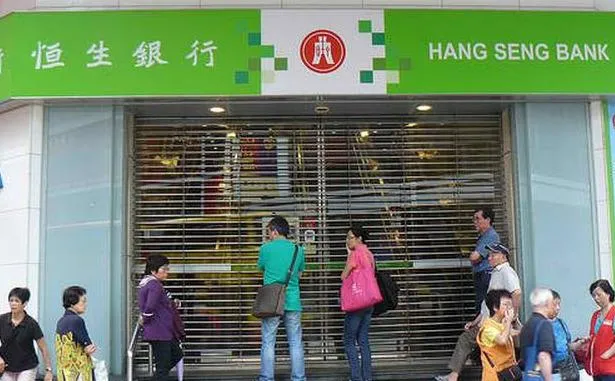
Hang Seng Bank introduces gold-linked deposits
It’s the first gold-linked deposits since Hong Kong began requiring approvals for structured products in 2010.
The bank began marketing the product late January for clients with gold-investment accounts. Upon maturity, the deposits pay out fixed returns if gold prices rise. In case gold prices drop, investors receive credits based on the lower value of gold.
Hang Seng is trying to expand its structured products because of new regulations aimed at protecting investors from exotic and risky investments. Gold is set to rise for a 13th year due to rising demand from China and India.
Terms of Hang Seng’s structured deposits include fixed annualized return rates of at least 1% paid out when gold prices are above their initial levels at maturity. If the value of the commodity falls, the investments convert into tradable units for the bank’s gold accounts. Deposit maturities are less than six months.








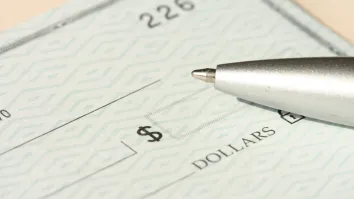

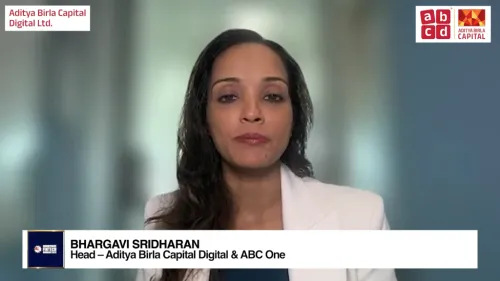



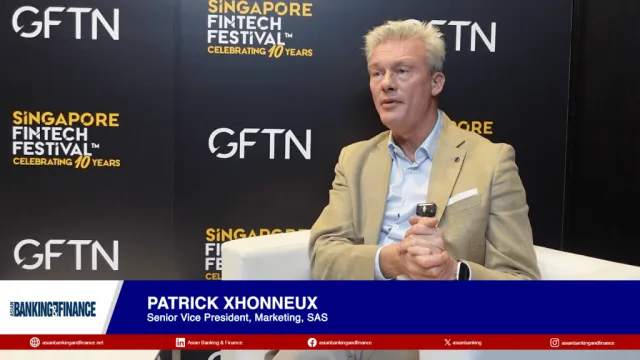
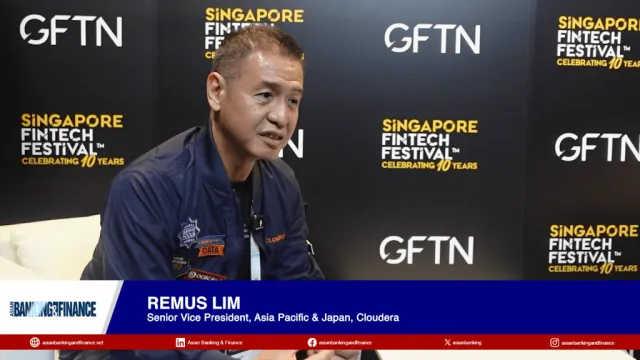

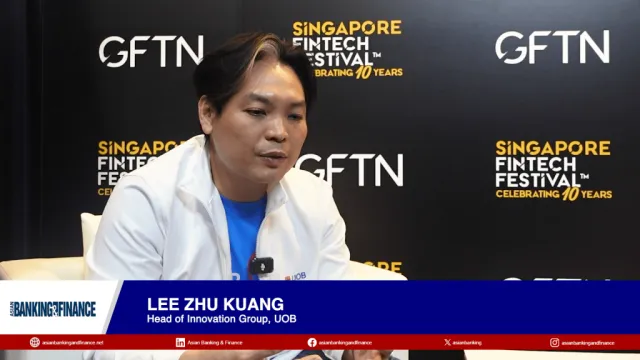

 Advertise
Advertise








